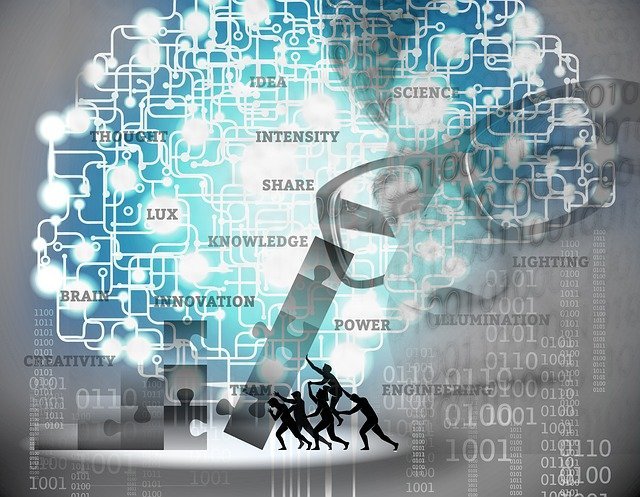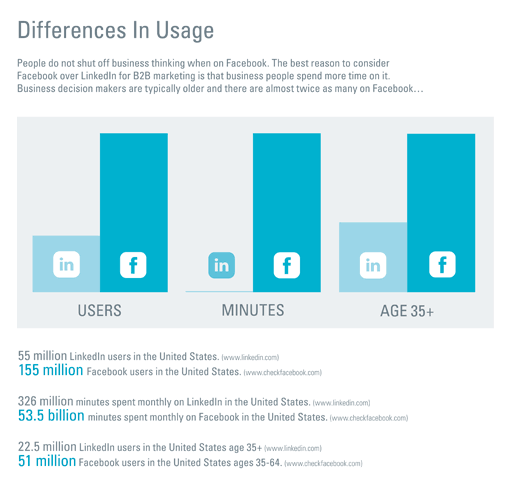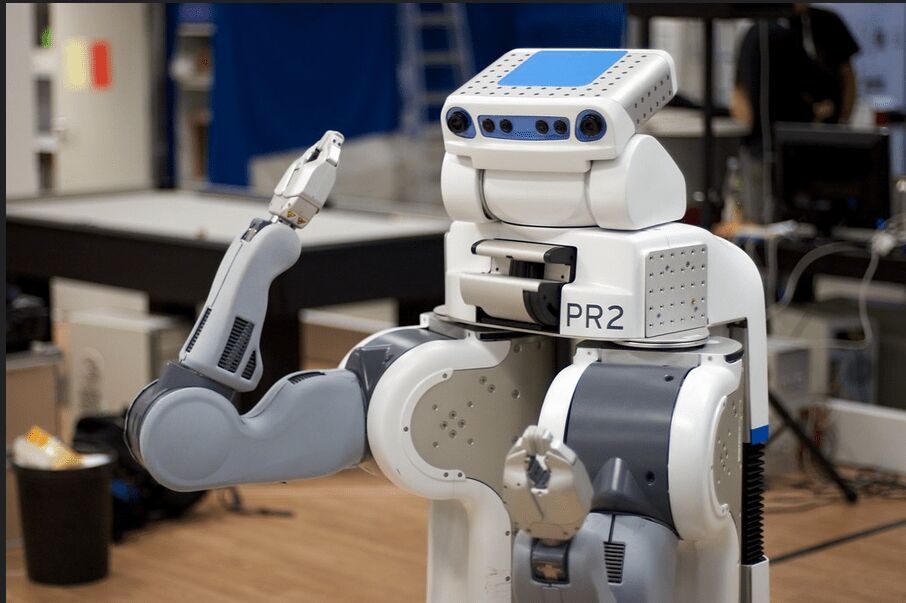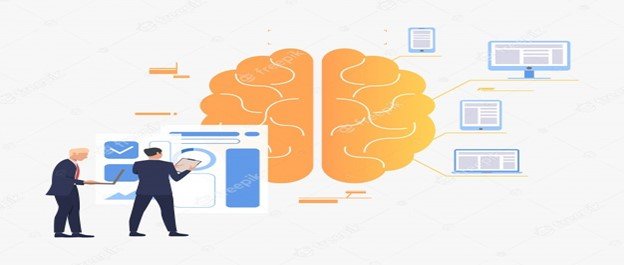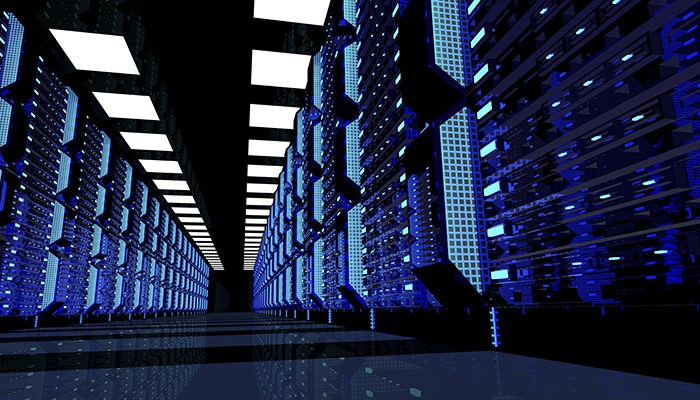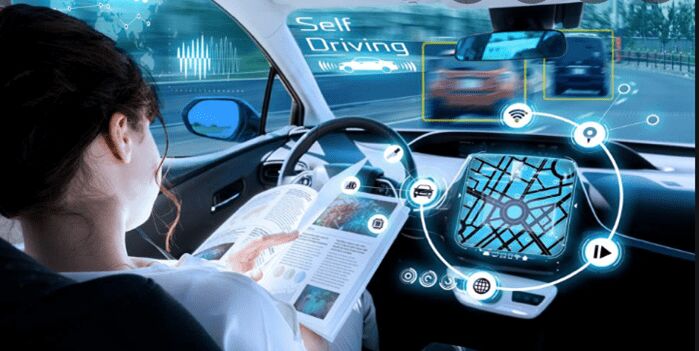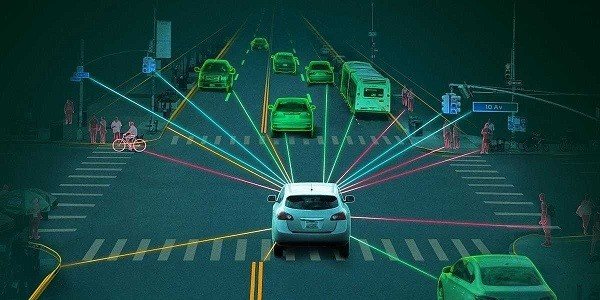Quantum Computing
Quantum computing is one of the branches of computing that focuses on developing computer technology based on quantum theory. All the data and communication in the computer is in the form of binary numbers. It encodes information in the form of bits that take a value of 1 or 0. Contrary to this, quantum computing uses quantum bits or qubits. A qubit can have more than one value, i.e., 1, 0, or some value between. Therefore, unlike a bit, which has only one value at a time, a qubit can have two states simultaneously. This is called superposition.
Supercomputers were considered the most powerful, but there are certain situations where supercomputers cannot perform very well; therefore, we need quantum computers to deal with such problems.
Types of Quantum Computers
There are many types of quantum computing systems, also known as quantum computers
- Quantum circuit model
- Quantum Turing machine
- Quantum Adiabatic computer
- Quantum cellular automata
Quantum Computing in Cloud Computing
Cloud computing can be defined as delivering various services like data storage, servers, networking, and databases through the internet. Quantum cloud computing combines the concept of quantum computing and cloud computing. Cloud Quantum computing can be defined as using quantum computing over the internet. Similarly, cloud quantum computers are the computers that are accessible over the cloud through the internet.
Several companies like Google, Microsoft, IBM, and Amazon using cloud computing are also developing cloud quantum computers to better advantage of computing technology. The network will easily access the cloud quantum computer without having the actual quantum computer. People will have the opportunity to use quantum computer power over the cloud computing environment.
At present, IBM is the only organization that is providing the facility of using cloud quantum computing. Many people are taking advantage of this quantum computer. They allow free access to their 5-qubit machine for everyone. Recently, they have also installed a 17-qubit quantum computer in the cloud. Other companies are also aiming to provide cloud quantum computer facilities in upcoming years.
Relation between Cloud Computing and Quantum Computing
If we talk about the relationship between cloud computing and quantum computing, both are facilitating us. If you don’t have a quantum computer, you can use it over the cloud as different companies have developed their quantum computers and are available over the cloud.
Using a cloud-based quantum computer exponentially increases the benefits of both technologies. By decoding the intricate structure of chemical compounds, quantum computing could aid in the discovery of new medications. Financial trading, managing risk, and supply chain optimization are some of the other applications. Data might be delivered over the internet with significantly safer encryption thanks to its ability to handle more complex numbers.
Applications of Cloud Quantum Computing
Teaching
Cloud quantum computing can be used for teaching purposes. Quantum physics students can easily understand their concepts and perform experimentation without having the physical quantum computer in their labs or homes.
Research
There is a vast scope of development and advancement in this field. Researchers can perform research, perform experimentation, and test quantum theories using cloud quantum computers.
Future of Cloud Quantum Computing
According to Martin Reynolds, distinguished vice president of research at Gartner, cloud-based quantum computing is more difficult to implement than AI. Therefore the learning curve will be steeper, and the ramp-up will be slower. To begin with, quantum computers necessitate particular room conditions that differ significantly from how cloud providers now construct and manage their data centers.
Quantum computing also necessitates the acquisition of new arithmetic and logic skills by programmers. This is difficult for them because they are unable to use typical digital programming approaches. IT teams must gain specialized skills to understand how to implement quantum computing in the cloud and fine-tune the algorithms and hardware required to make this technology operate.
Despite its drawbacks, the cloud is a great way to consume quantum computing. According to Reynolds, quantum computing offers low I/O yet deep computation. Cloud companies will be among the first quantum-as-a-service providers, as they have the technological capabilities and a significant user base. They will seek methods to deliver the best software development and deployment stacks. If some practical challenges can be overcome, quantum cloud computing will become as far-reaching as AI in the upcoming years.


